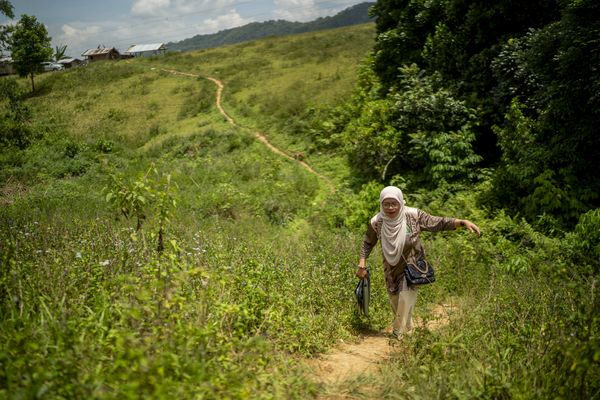
BRAC's 2025 holiday gift guide: gifts that make a big impact
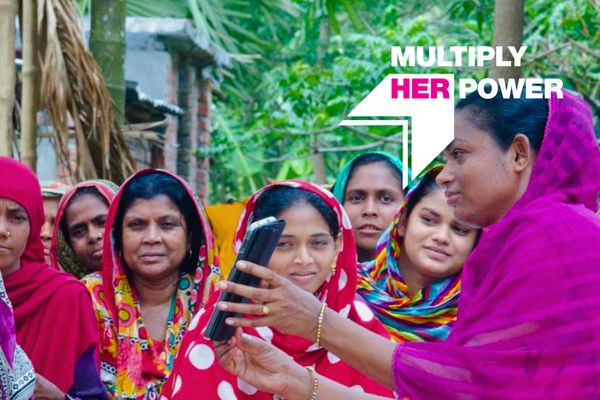
Case study: how financial inclusion can erase extreme poverty
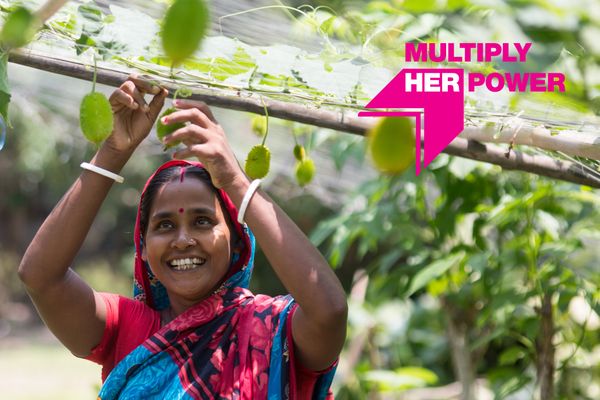
This Giving Tuesday, BRAC donors stepped up and Multiplied Her Power!
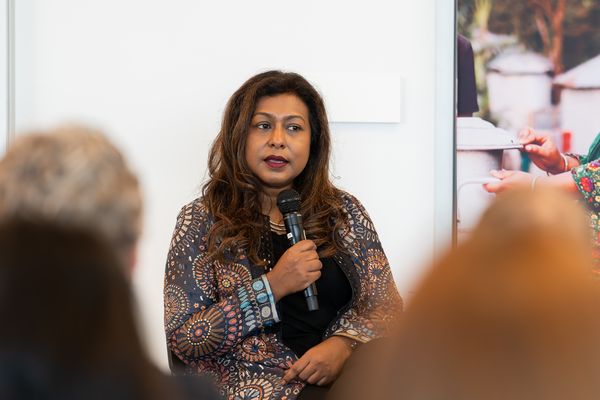
Fireside reflections: A conversation on purpose, enterprise, and impact
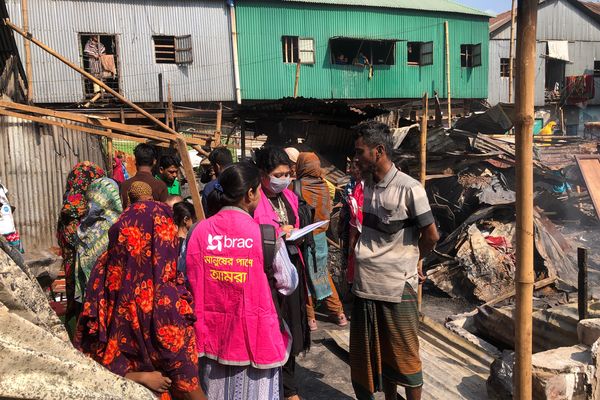
Korail slum fire: BRAC announces support for families
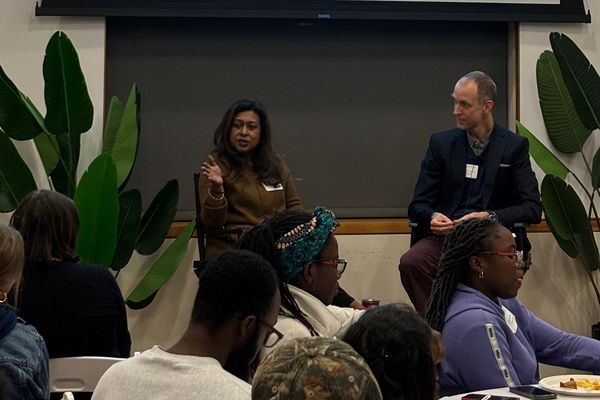
Social enterprises as fuel for growth: Lessons from BRAC’s Tamara Hasan Abed at Stanford
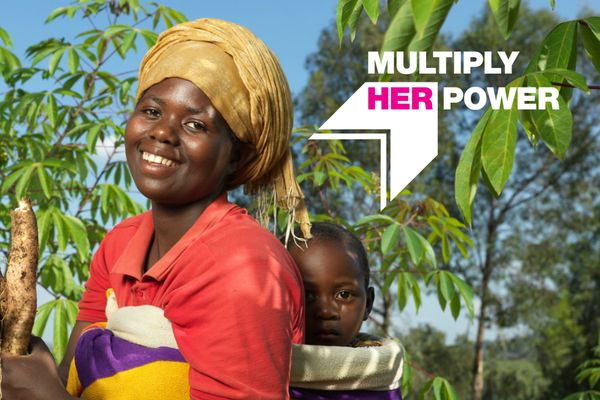
Case study: how Angelique is rewriting her own future in Rwanda
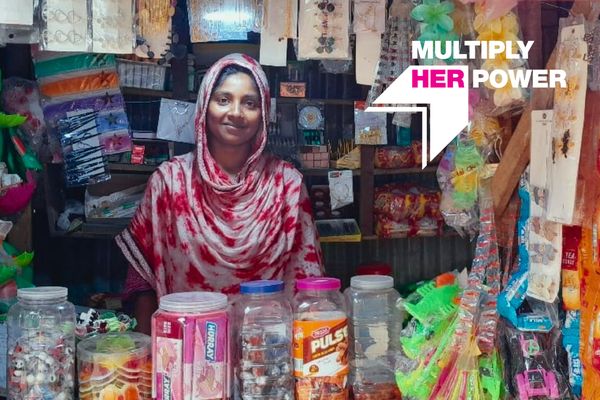
Case study: how Asma graduated out of extreme poverty in Bangladesh
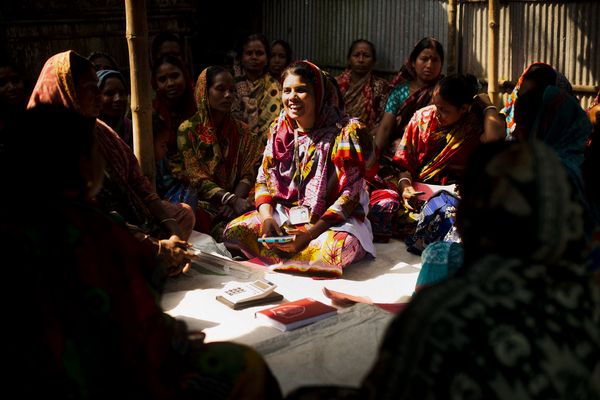
BRAC Microfinance earns ‘CPC Gold’ for excellence in client protection

10 shifts required for reimagination of development cooperation

Nalongo Beauty Salon: Where the young women of Bulubandi go for hair, nails, and hope
